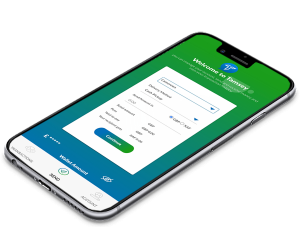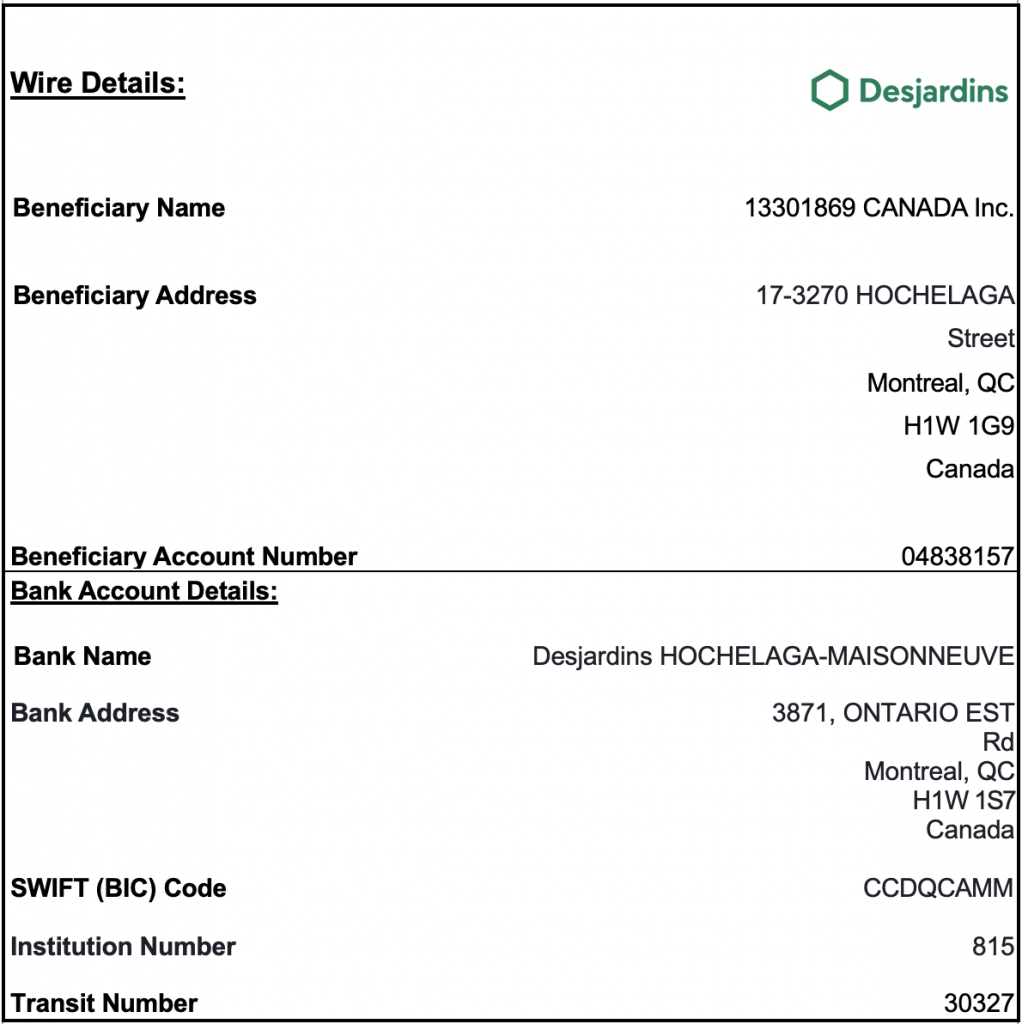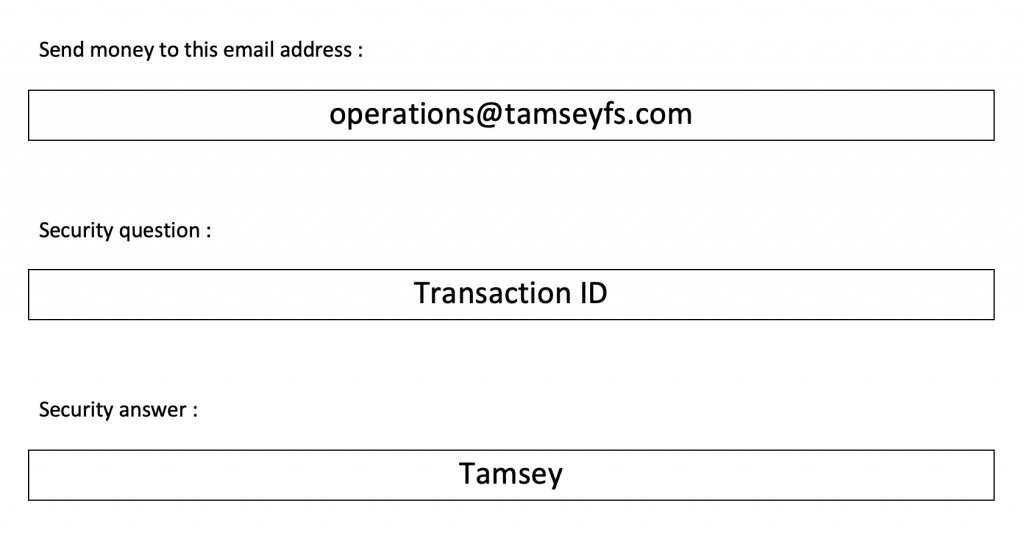For decades, remittance services have been a lifeline for millions of people worldwide, enabling migrant workers to support their families back home. Traditionally dominated by banks and money transfer operators like Western Union and MoneyGram, the industry has undergone significant transformations driven by technological advancements. Today, fintech innovations, mobile payment apps, digital wallets, and blockchain technology are revolutionizing global money transfers, making them more accessible and affordable.
The Traditional Landscape of Remittances
Historically, remittances involved a lengthy and costly process. Migrants had to visit a physical location, fill out forms, and pay hefty fees. The recipient often faced similar hassles, needing to visit an agent to collect the funds. These services, while reliable, were far from efficient. They were particularly burdensome for low-income migrants sending small amounts of money frequently.
The Rise of Fintech and Digital Solutions
The advent of fintech has dramatically reshaped the remittance landscape. Financial technology companies have introduced innovative solutions that streamline money transfers, making them faster, cheaper, and more convenient.
Mobile Payment Apps and Digital Wallets
Mobile payment apps and digital wallets have been at the forefront of this transformation. Platforms like PayPal, Venmo, and newer entrants like TransferWise (now Wise) and Remitly offer seamless international money transfer services. These apps enable users to send money instantly using their smartphones, eliminating the need for physical visits to agents or banks.
Digital wallets have also become popular, allowing users to store funds digitally and transfer them to other wallets or bank accounts worldwide. Services like Alipay and WeChat Pay in China, M-Pesa in Kenya, and GCash in the Philippines have revolutionized the way people send and receive money, especially in regions with limited access to traditional banking services.
Blockchain and Cryptocurrencies
Perhaps the most groundbreaking innovation in remittances is blockchain technology. Blockchain provides a decentralized ledger that ensures secure, transparent, and immutable transactions. This technology significantly reduces the cost and time associated with cross-border transfers by eliminating the need for intermediaries.
Cryptocurrencies like Bitcoin, Ethereum, and Ripple (XRP) are being increasingly adopted for remittances. These digital currencies can be transferred across borders within minutes and often at a fraction of the cost of traditional methods. Blockchain-based platforms such as BitPesa (now AZA Finance) are leveraging this technology to facilitate efficient money transfers in and out of Africa.
Improving Accessibility and Affordability
The integration of mobile payment apps, digital wallets, and blockchain technology has significantly improved the accessibility and affordability of remittance services. Here’s how:
Lower Costs
Traditional money transfer services often charge high fees, which can eat into the amount received by beneficiaries. Fintech solutions drastically reduce these costs. For example, TransferWise uses a peer-to-peer system to match currency exchanges, offering mid-market exchange rates with low, transparent fees. Similarly, blockchain technology cuts out intermediaries, reducing transaction costs.
Faster Transfers
In the past, it could take several days for funds to be transferred internationally. Today, many fintech services offer near-instant transfers. Digital wallets and blockchain transactions can be completed within minutes, providing much-needed speed and convenience.
Greater Accessibility
Fintech innovations have made remittance services accessible to a broader audience. Mobile payment apps and digital wallets are particularly beneficial in developing regions where traditional banking infrastructure is lacking. These services require only a smartphone and internet access, enabling people in remote areas to receive and send money with ease.
Enhanced Security
Blockchain technology provides enhanced security for transactions. Its decentralized nature ensures that no single entity can alter transaction records, reducing the risk of fraud and enhancing trust in the remittance process.
Conclusion
The evolution of remittance services from traditional methods to fintech-driven innovations has transformed the global money transfer landscape. Mobile payment apps, digital wallets, and blockchain technology have made international money transfers faster, cheaper, and more accessible. These advancements not only support the financial needs of millions of migrant workers and their families but also contribute to the economic growth of recipient countries. As technology continues to advance, the future of remittances looks even more promising, heralding a new era of financial inclusion and efficiency.



